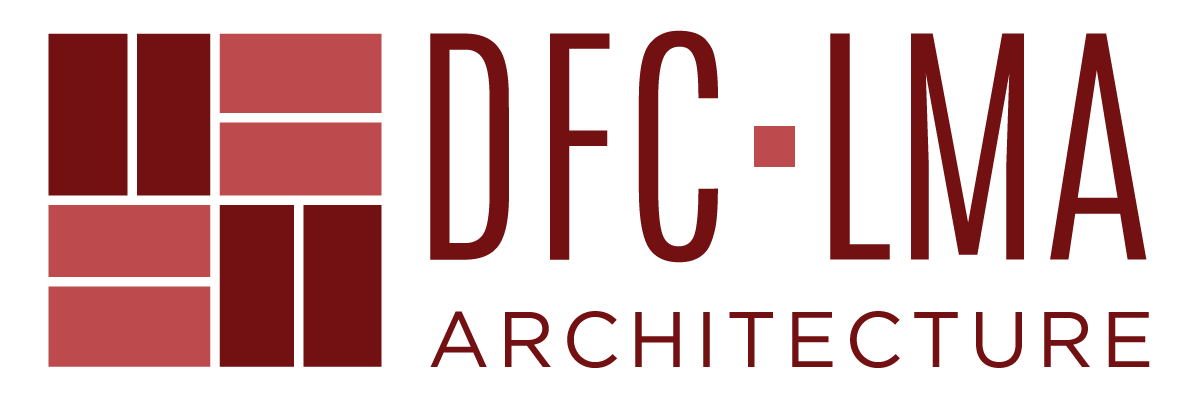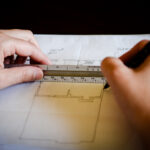Defining 6 Helpful Architect Services You Might See When Building Your Custom Home or Office
We’ve set out to demystify these common terms for our most popular architectural services. Read on to discover all the various ways – with examples – that we save our clients time, money, and sanity.
We cover: Feasibility Studies, Architectural Engineering, Building Spatial Planning, Sustainable Design, Adaptive Reuse, and Master Planning.
Scroll down to ‘Adaptive Reuse’ for a great before and after.

Feasibility Studies
What is a Feasibility Study?
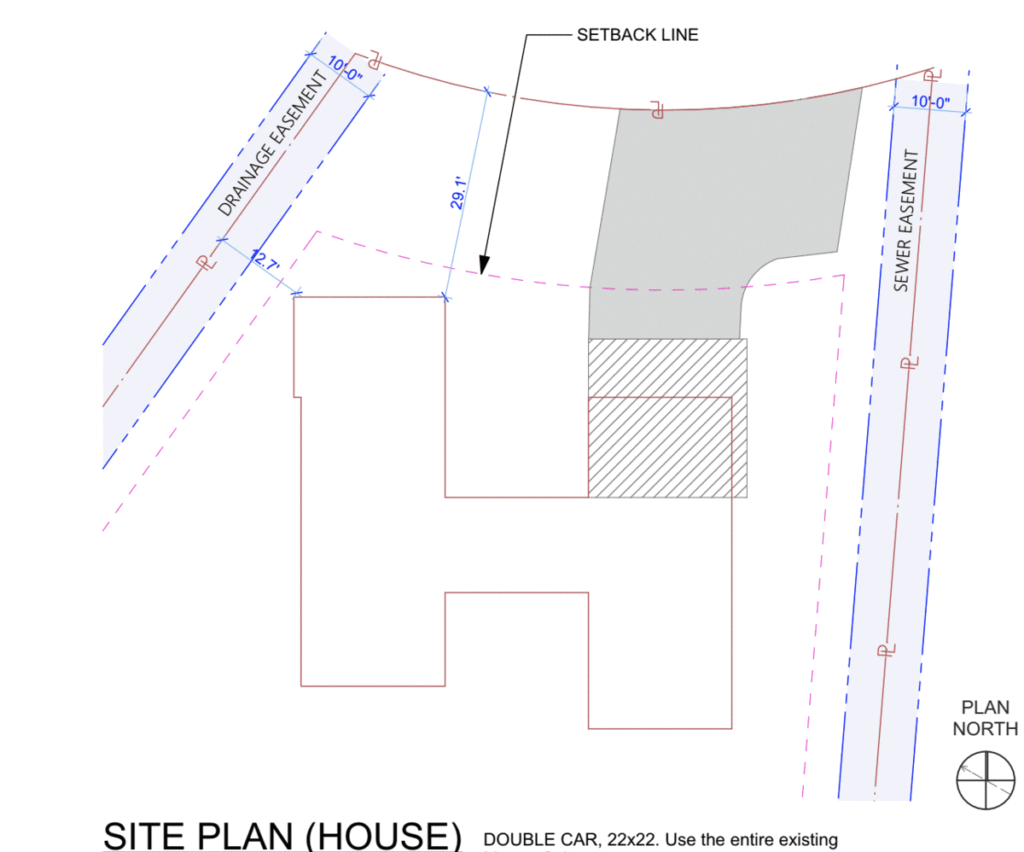
How It Helped
The feasibility study showed them that they simply couldn’t get everything they needed out of their existing home. They decided not to renovate, but rather build a custom home that perfectly addressed all their wants and needs.
Architectural Engineering
What Is Architectural Engineering?

How It Helped
From the large scope to the material details, the Architectural & Engineering Plans for this complex project keep everything running smoothly.
Building Spatial Planning
What Is Building Spatial Planning?

How It Helped
Spatial Planning is one of those things that when it’s done right, everything works as it should. However, if it is not addressed, everything seems terribly “off”. It’s the service you never knew impacts your life and productivity every day.
Sustainability
Everyday Sustainability
This type of “everyday sustainability” that occurs in each project is Climate Responsive design. These concepts require no mechanical or electrical systems to work to our advantage.
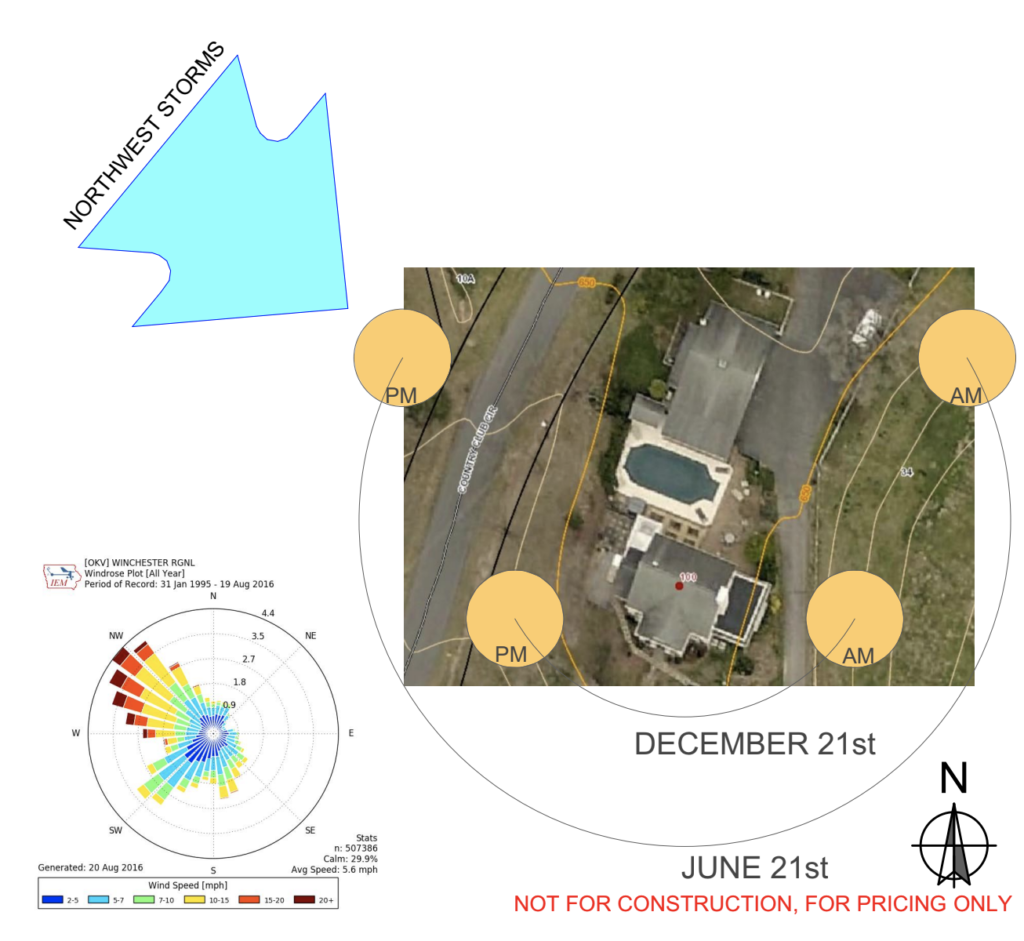
How It Helped
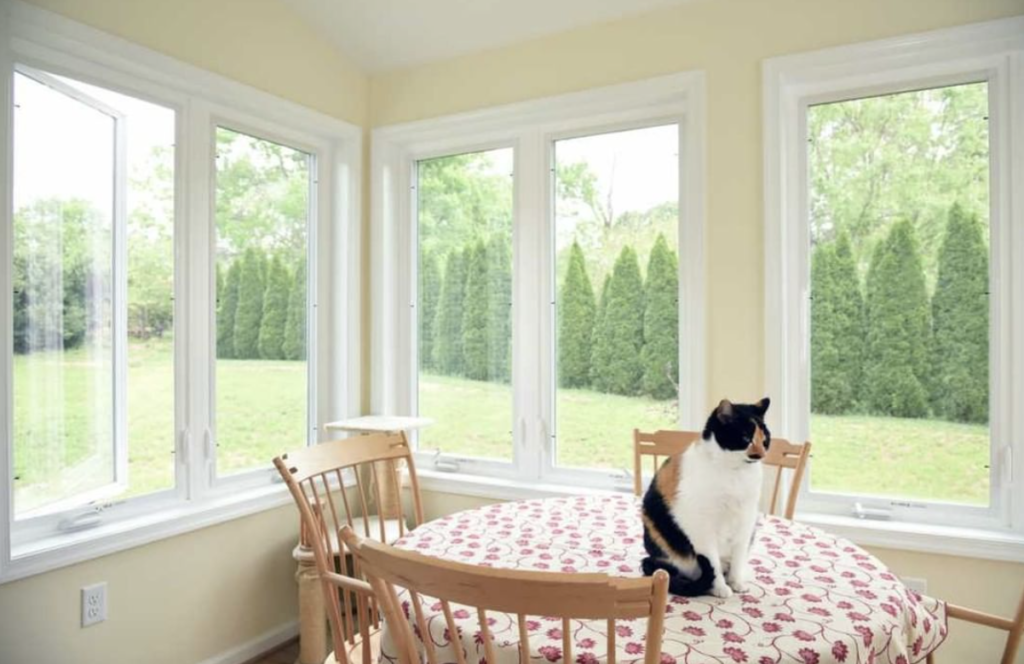
What Is Sustainable Design?

How It Helped
Since achieving any level of sustainable building requires careful study and forethought, the success of each of these projects was dependent on the collaboration and work of a dream team.
Adaptive Reuse
What Is Adaptive Reuse?

How It Helped
In this project, and in many other Adaptive Reuse projects, we turned a historic single-use building into a multi-use complex fit for a growing, modernizing city.
Master Planning
What Is Master Planning?

How It Helped
In reality, most of the projects here (and maybe the project that you’re thinking about beginning) require more than one of these services for a successful outcome.
From Pre-Design to Pricing, our process encourages the exploration of all the unique possibilities and constraints for a specific project and open communication on how our findings support your goals – or ultimately save you from a faulty investment. Then, you can feel confident in the final design and build of your dream space.
